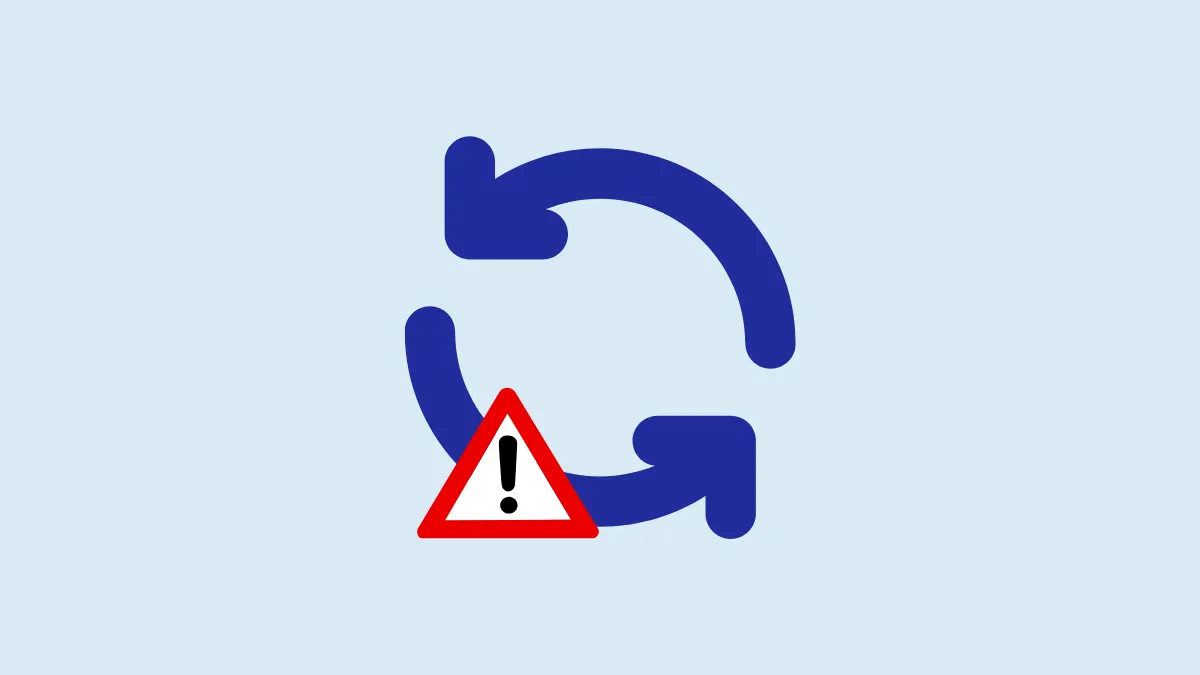Windows Update is crucial for keeping your operating system secure and stable, but sometimes updates fail to install, causing error messages or leaving your system vulnerable. Common issues include updates getting stuck, error messages like 0x80070002, or persistent notifications indicating updates can't be installed. The most effective method to resolve these issues is running the built-in Windows Update troubleshooter, followed by other troubleshooting methods if necessary.
Method 1: Run the Windows Update Troubleshooter
Running the built-in troubleshooter is the quickest and most effective way to resolve common Windows Update issues. It automatically diagnoses and fixes most problems related to Windows Update.
Step 1: Press the Windows key + I to open Settings. Navigate to Update & Security > Troubleshoot > Additional troubleshooters on Windows 10. On Windows 11, go to System and click on Troubleshoot on the right.
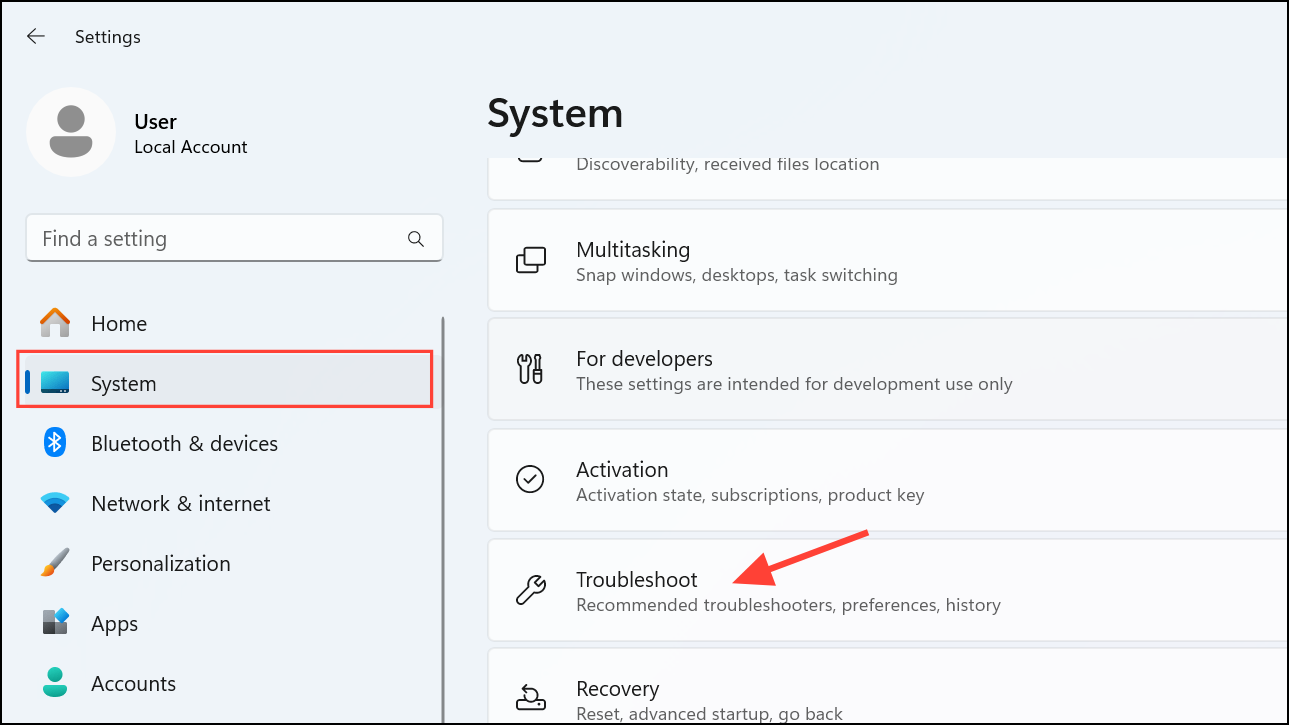
Step 2: Under the "Get up and running" section, select Windows Update and then click Run the troubleshooter on Windows 10. On Windows 11, click Other troubleshooters and then click Run to the right of Windows Update. Follow the on-screen instructions to complete the troubleshooting process.
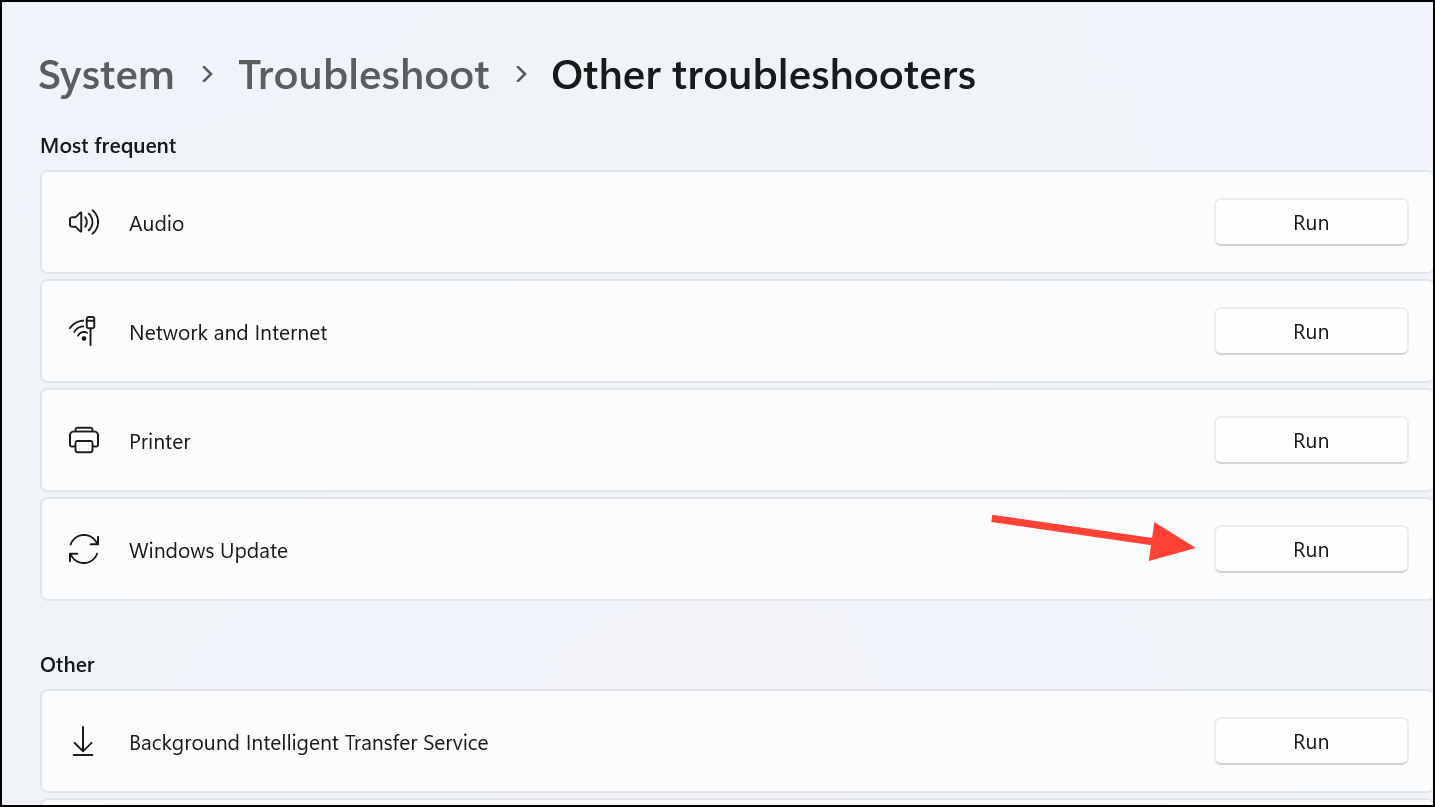
Step 3: After the troubleshooter finishes, restart your computer and check for updates again by going to Settings > Update & Security > Windows Update and clicking Check for updates. On Windows 11, simply open Windows Update and click Check for updates.
Method 2: Clear the Windows Update Cache
If the troubleshooter doesn't resolve the issue, corrupted update files in the cache might be causing the problem. Clearing the cache forces Windows to download fresh update files.
Step 1: Press Windows key + R, type services.msc, and press Enter.
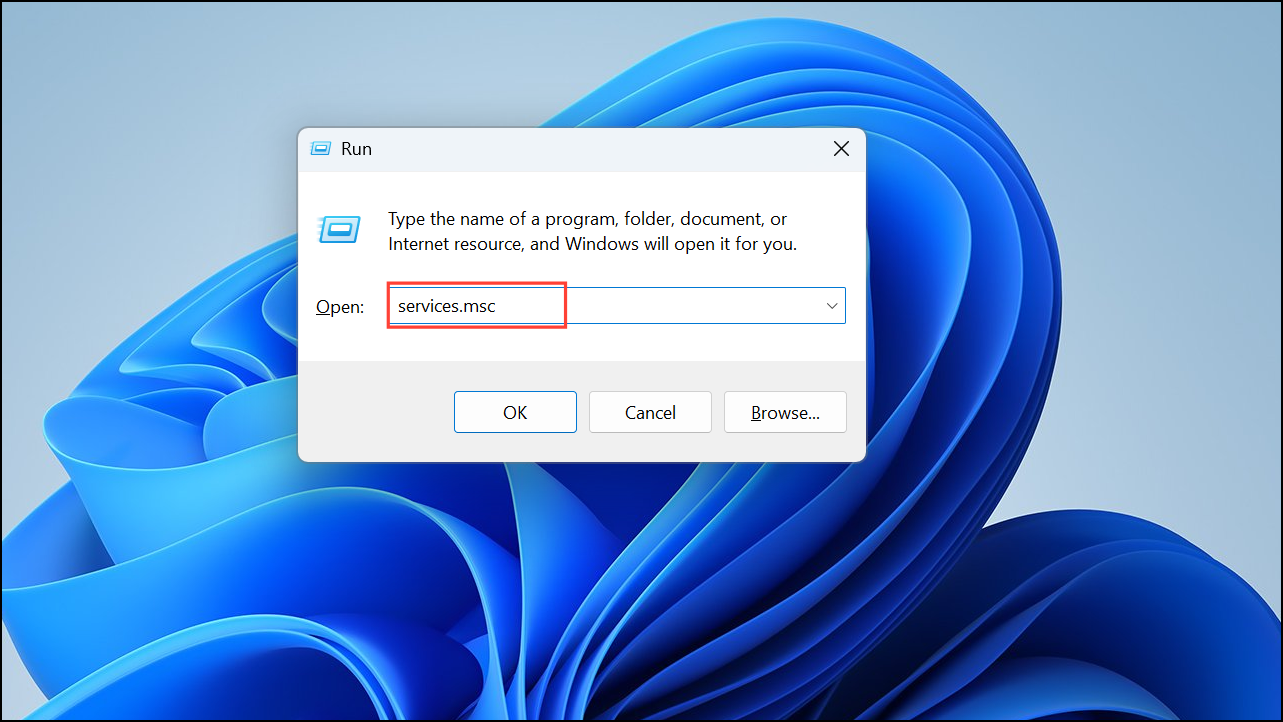
Step 2: In the Services window, locate Windows Update, right-click it, and select Stop.
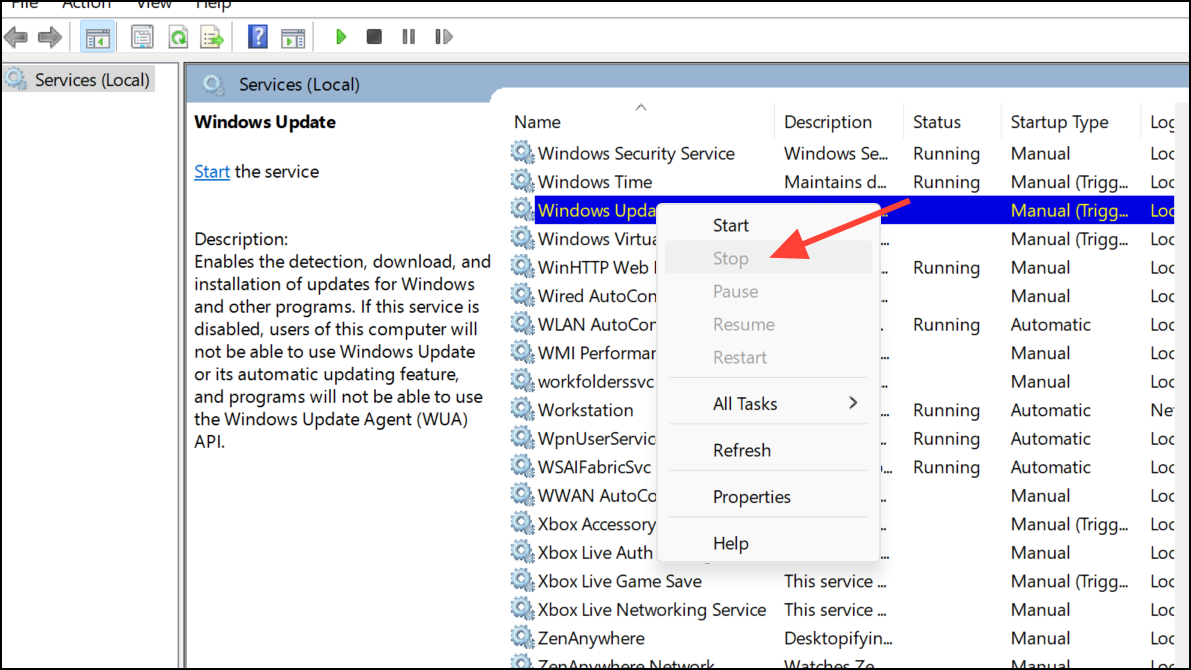
Step 3: Open File Explorer and navigate to C:\Windows\SoftwareDistribution. Select all files and folders within this directory and delete them. Don't worry—these files are safe to remove, as Windows will recreate necessary files automatically.
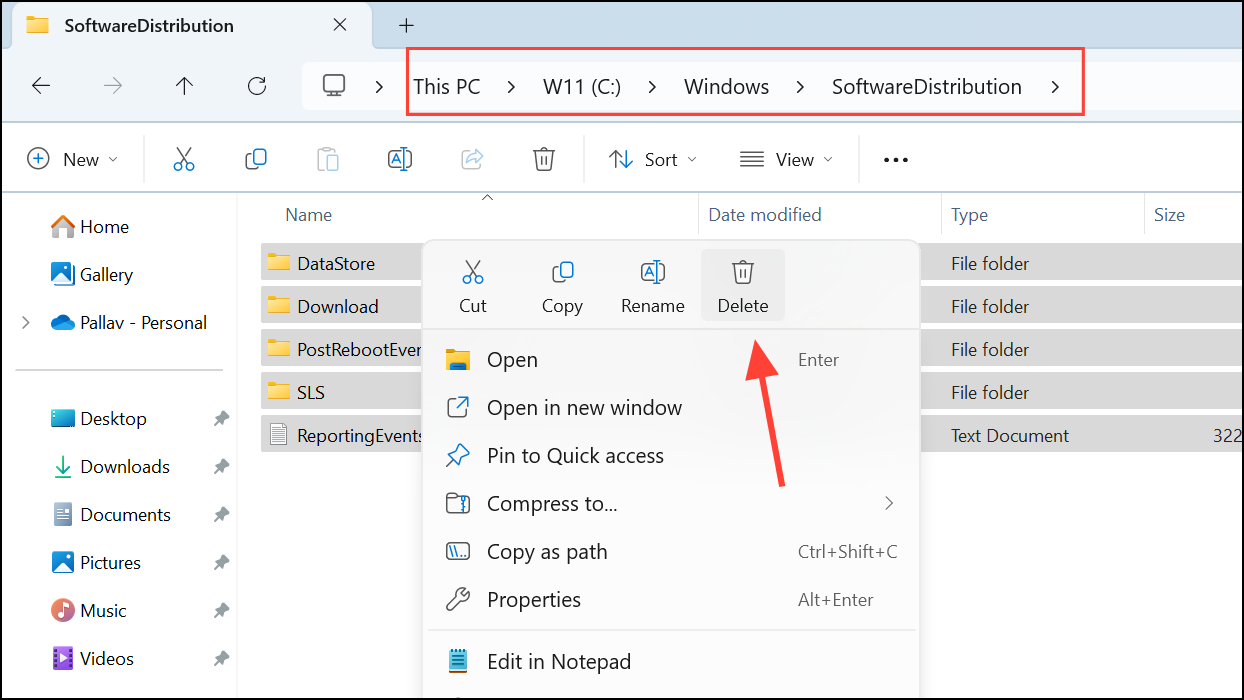
Step 4: Return to the Services window, right-click Windows Update, and select Start. Restart your PC and attempt to install updates again.
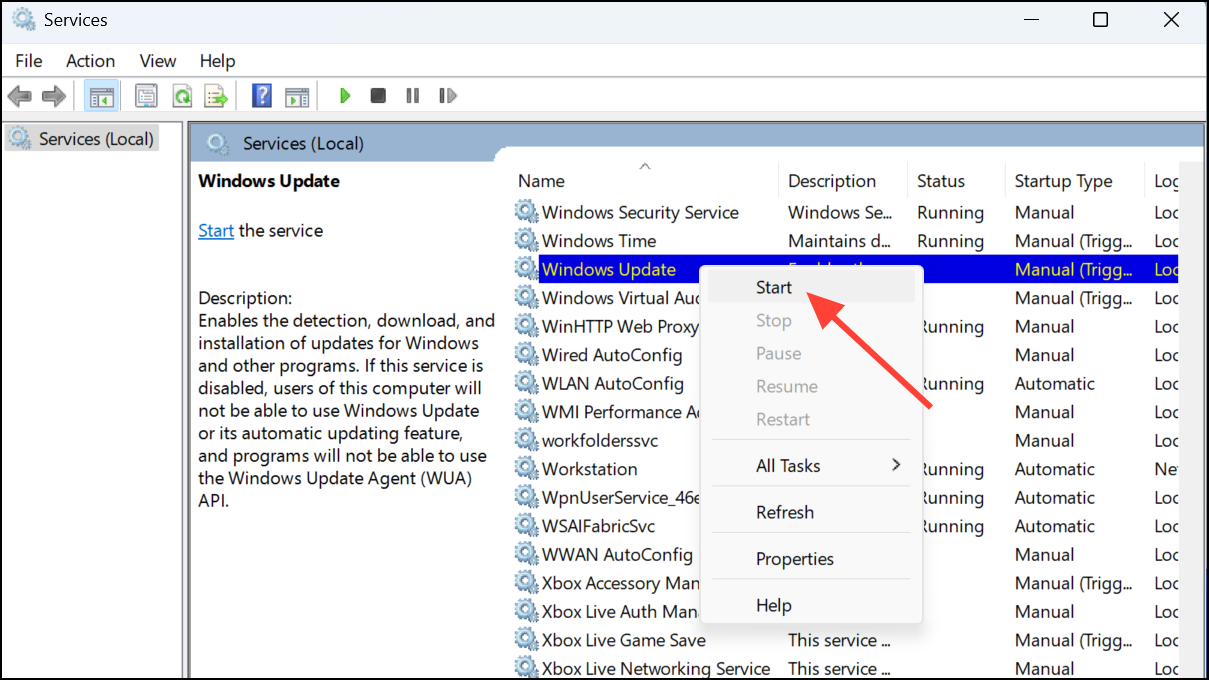
Method 3: Repair Corrupted System Files Using SFC and DISM
Corrupted system files can disrupt Windows Update. Using built-in command-line tools like System File Checker (SFC) and Deployment Image Servicing and Management (DISM) can repair these corrupted files.
Step 1: Open Command Prompt as an administrator by typing cmd in the search box, right-clicking Command Prompt, and selecting Run as administrator.
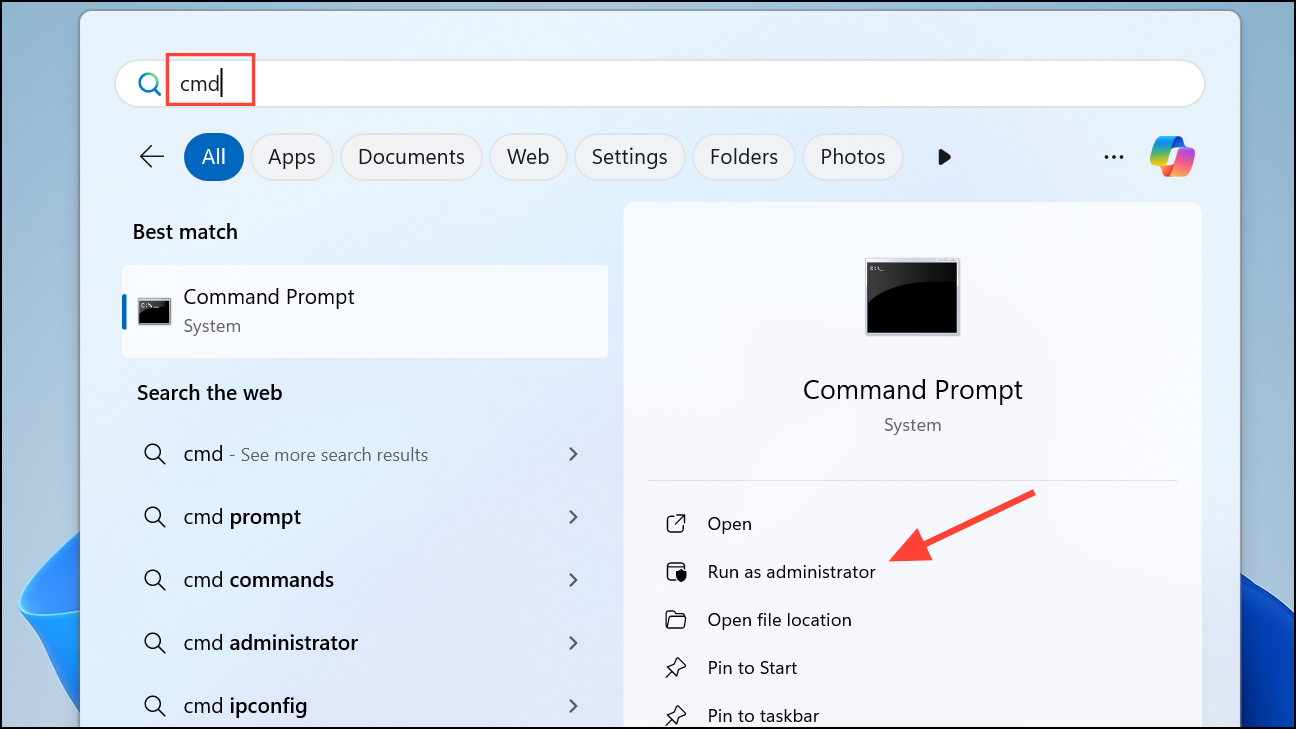
Step 2: Type the following command and press Enter: DISM.exe /Online /Cleanup-image /Restorehealth. This command repairs issues with the Windows image and may take several minutes to complete.
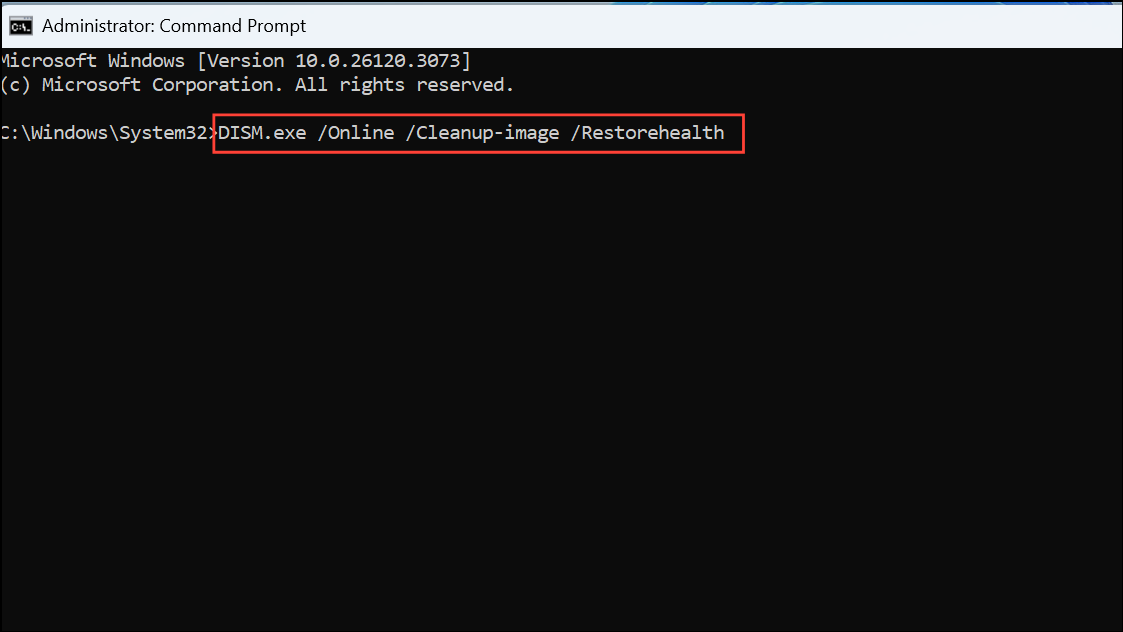
Step 3: After DISM finishes, type sfc /scannow and press Enter. This command scans and repairs corrupted system files. Once complete, restart your computer and run Windows Update again.
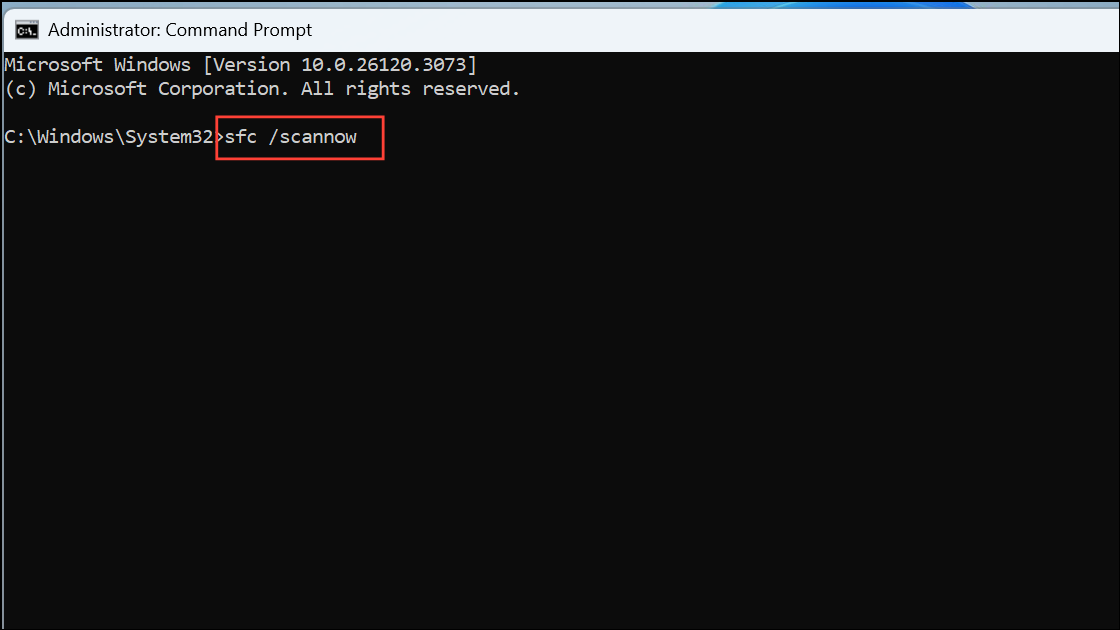
Method 4: Manually Install Updates from Microsoft Update Catalog
When automatic updates repeatedly fail, manually installing the update from the Microsoft Update Catalog can bypass the issue.
Step 1: Note the Knowledge Base (KB) number of the update causing issues from the Windows Update history or error messages.
Step 2: Visit the Microsoft Update Catalog, enter the KB number in the search bar, and download the correct version for your operating system (x64 or x86).
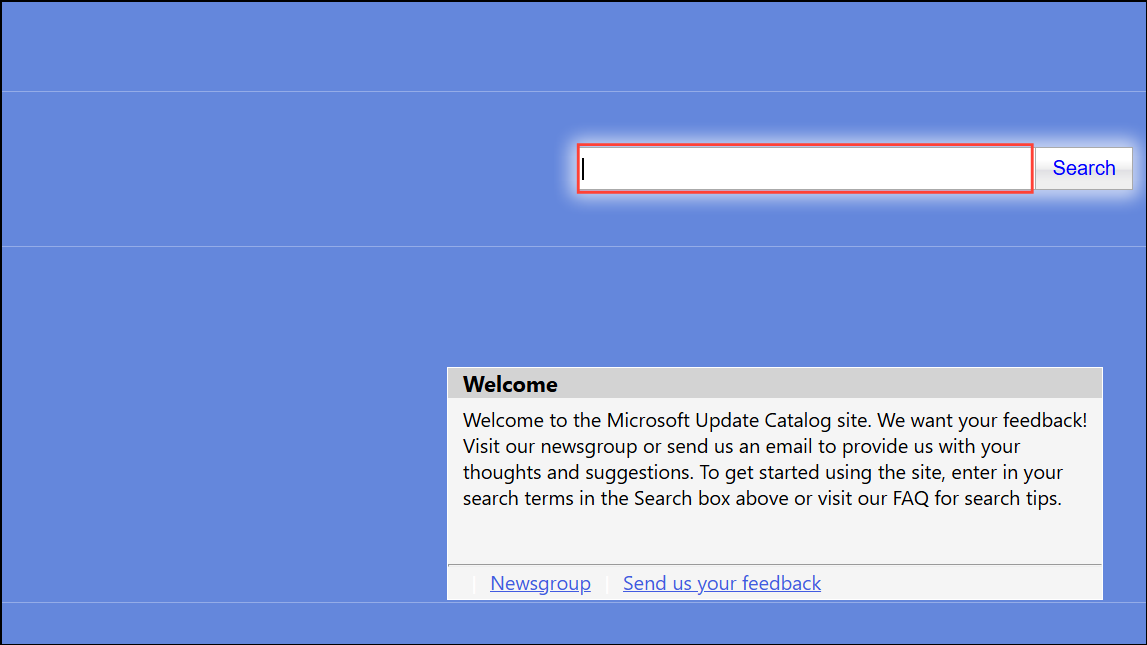
Step 3: Double-click the downloaded file and follow the installation prompts to manually apply the update. Restart your system afterward.
Method 5: Free Up Disk Space
Insufficient disk space can prevent updates from installing. Windows updates, especially major feature updates, require ample storage space to download and install successfully.
Step 1: Open Settings, navigate to System > Storage, and enable Storage Sense, which automatically removes unnecessary files.
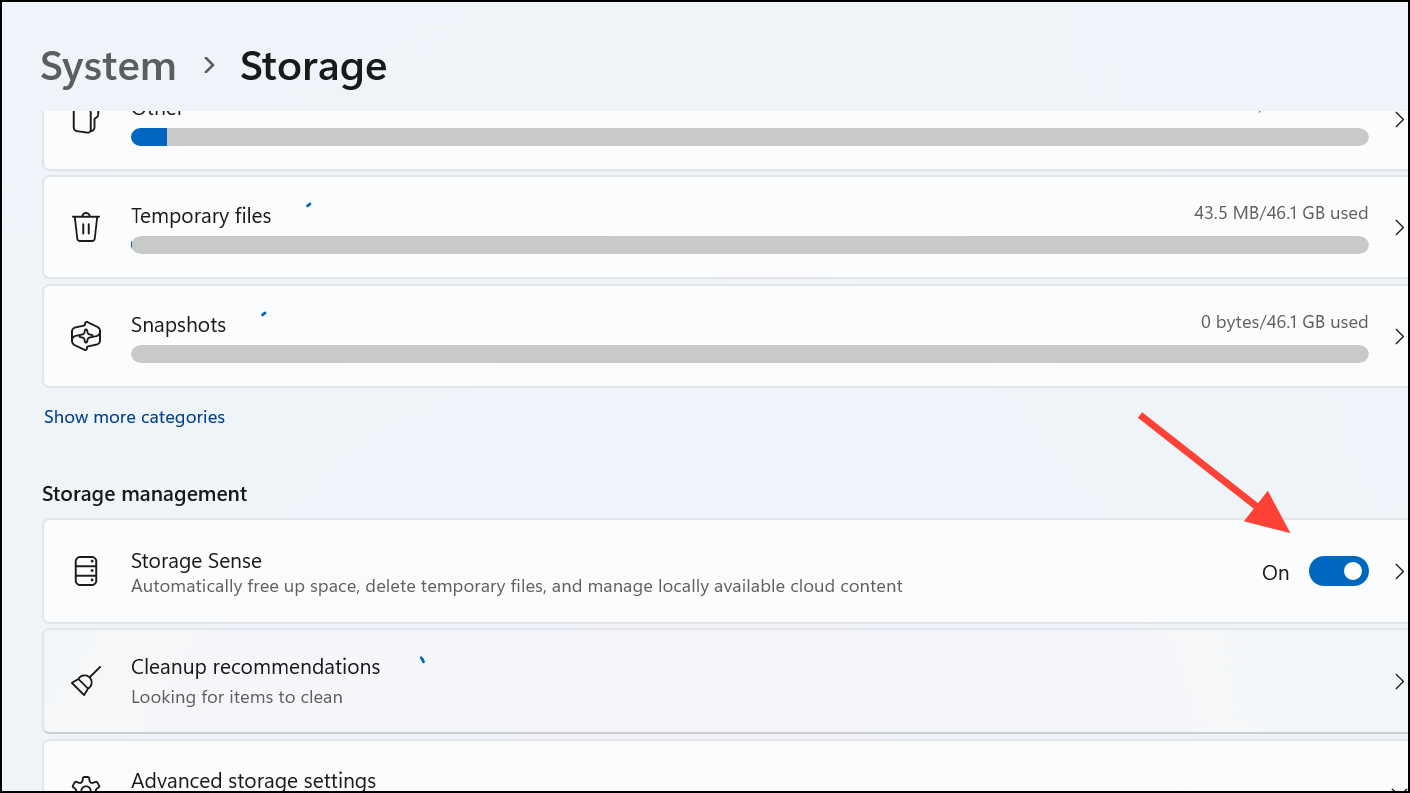
Step 2: Alternatively, use Disk Cleanup by typing it in the Start menu search bar, selecting your primary drive (usually C:).
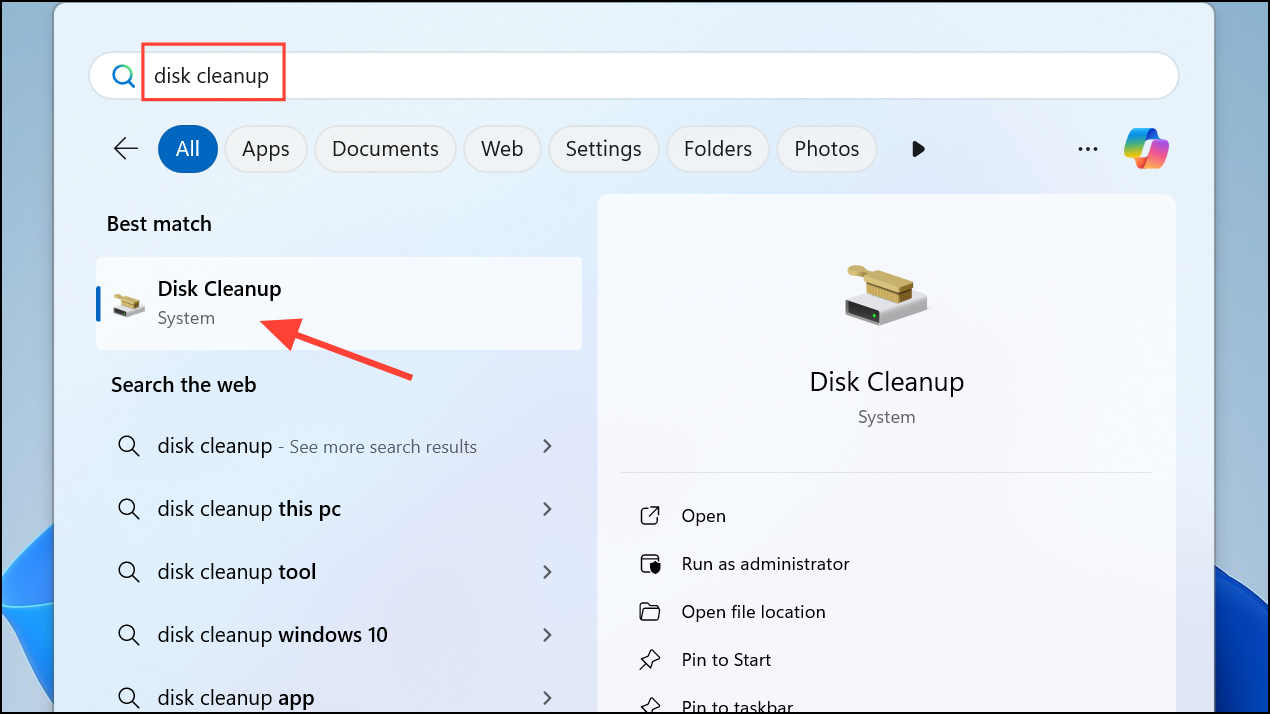
Step 3: Check the boxes for temporary files, system logs, and Recycle Bin contents. Click Clean up system files to reclaim space. Ensure at least 10-20 GB of free space is available, then retry Windows Update.
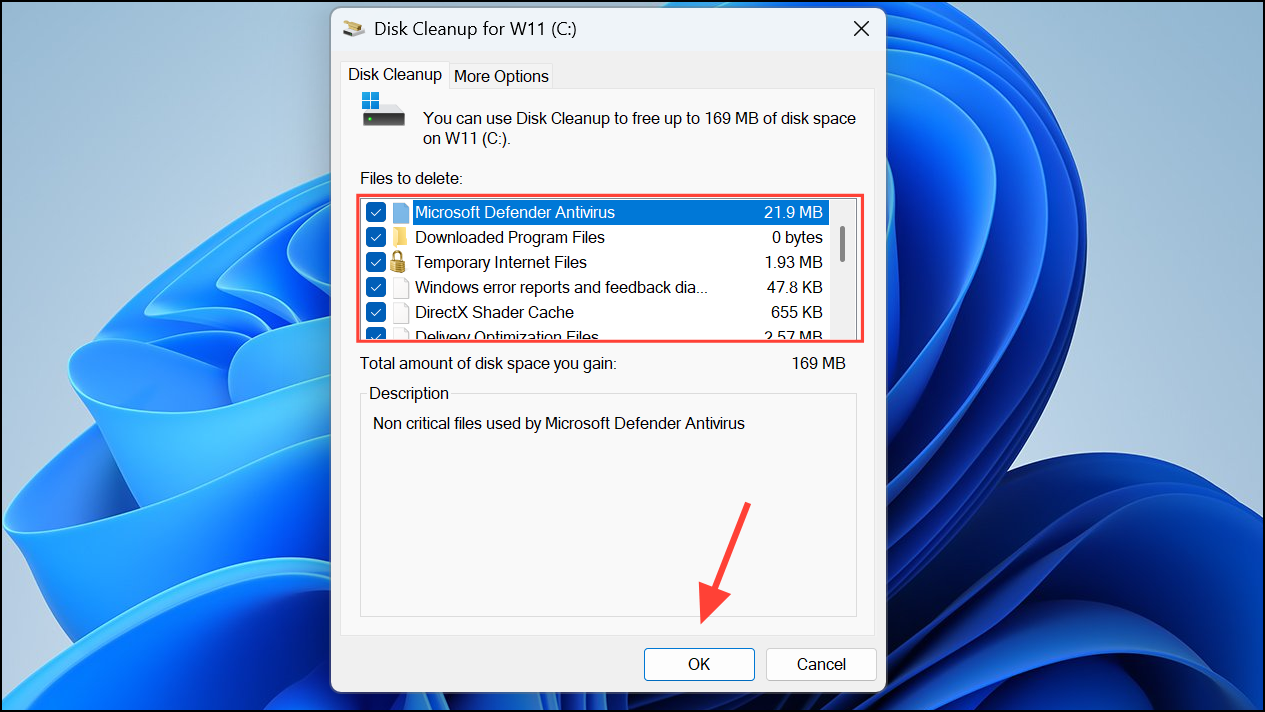
Method 6: Reset Windows Update Components
Resetting Windows Update components can fix persistent issues by restarting essential services and deleting problematic files.
Step 1: Open Command Prompt as administrator and stop Windows Update services by typing these commands, pressing Enter after each:
net stop bits
net stop wuauserv
net stop cryptSvc
net stop msiserver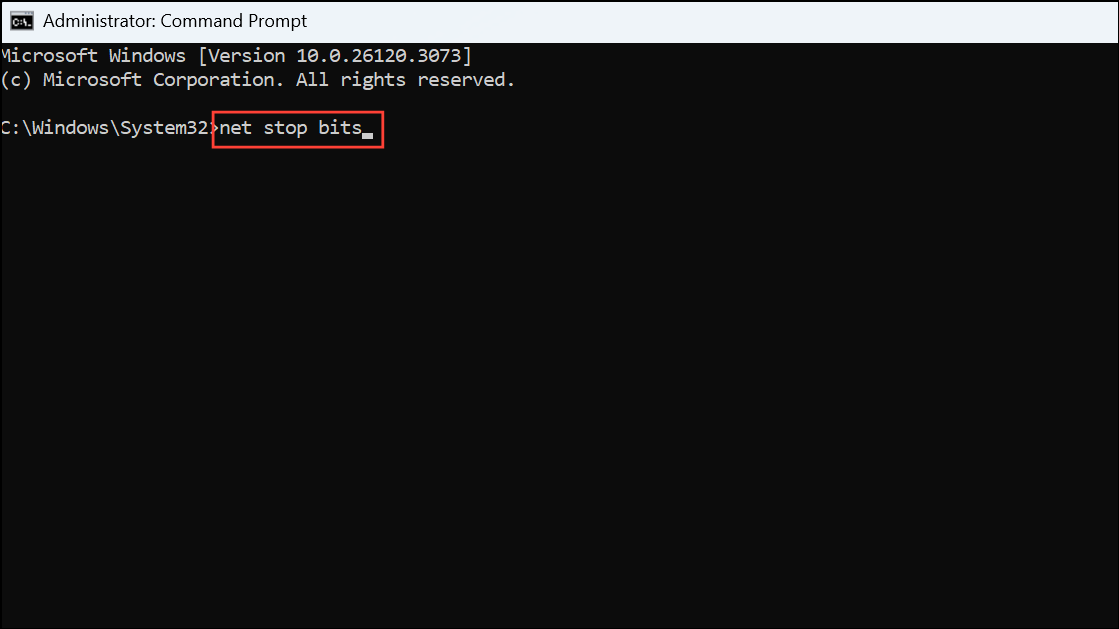
Step 2: Delete corrupted update files by typing:
rd C:\Windows\SoftwareDistribution /q /s
rd C:\Windows\System32\catroot2 /q /s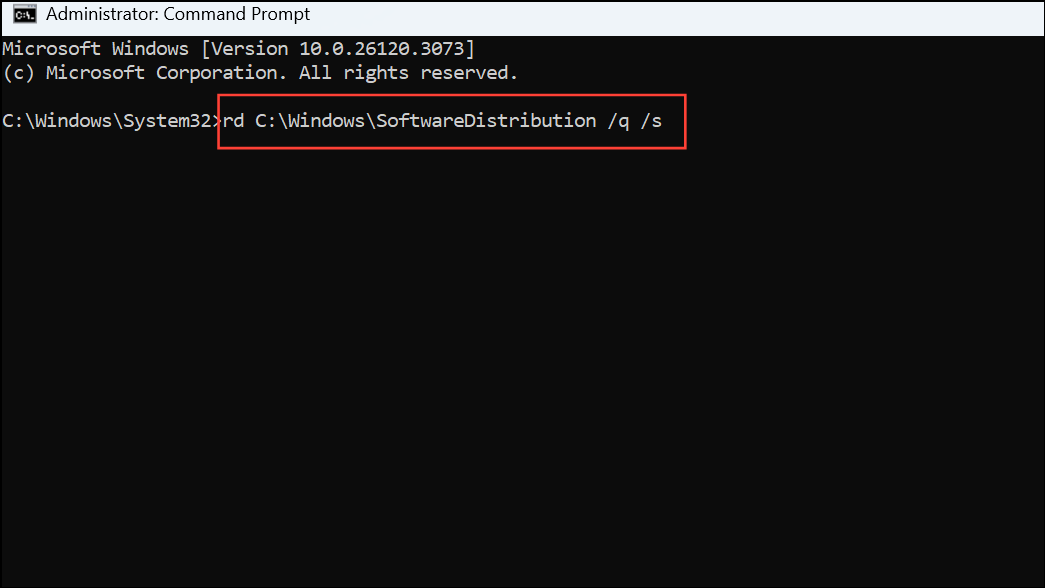
Step 3: Restart the services by typing:
net start bits
net start wuauserv
net start cryptSvc
net start msiserver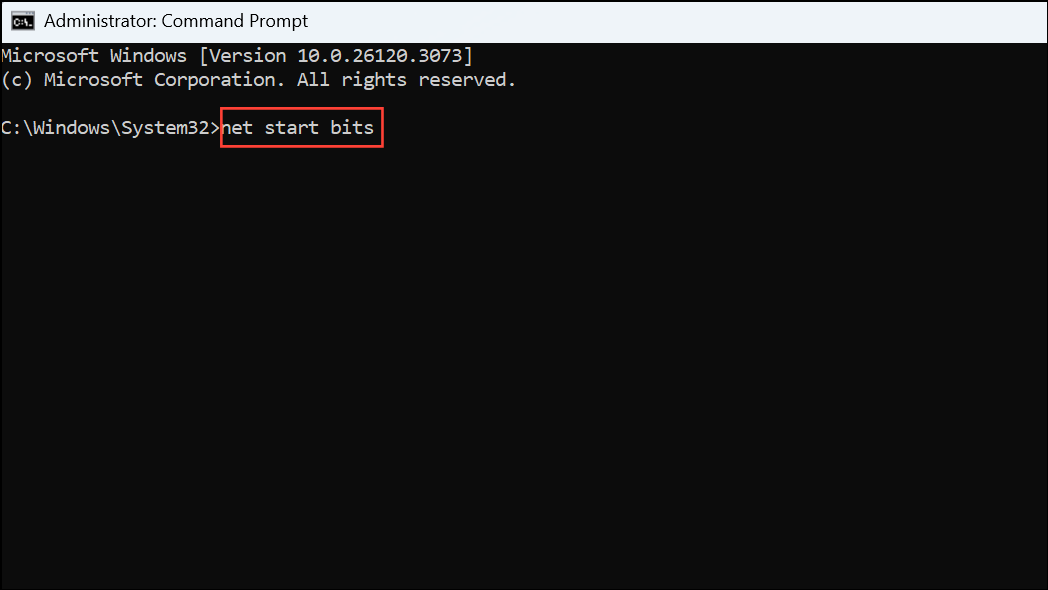
Restart your computer and attempt the updates again.
With these methods, resolving Windows Update issues should be straightforward. If problems persist, consider performing an in-place upgrade or a clean installation of Windows as a last resort. Keep your system updated regularly to avoid future issues.

